Frederica Freyberg:
There is this, though. U.S. cities like Milwaukee saw a boost in funding this year from the American Rescue Plan, a federal pandemic-related bill passed in March. Milwaukee’s slice of the pie will be roughly $400 million over the next few years. Reporter Will Kenneally has details on how that funding is expected to be spent.
Will Kenneally:
2020 was a hard year but Milwaukee Mayor Tom Barrett sees a silver lining.
Tom Barrett:
This is a once in a generation chance to address challenges this city faces and I’m eager to move forward.
Will Kenneally:
Milwaukee is set to receive a total of nearly $400 million over the next two years as part of the American Rescue Plan. Barrett released his plan this month for how to spend the initial $93 million of that money. He wants it to go toward needs in the city, including housing, jobs and public safety. Funding would go to low-income housing projects, rental assistance and a loan program to help homeowners make repairs. The money would also go to help fund job training, with a priority on getting people to work, cleaning up the city’s lead problem.
Tom Barrett:
This will include high-quality work experiences with connections to employers in in-demand fields. Lead abatement, without a doubt, is one of the major issues we face as a community.
Will Kenneally:
The first outlay would also include street improvements to help prevent reckless driving and funds to help the Milwaukee Police crackdown on it.
Marc Levine:
You’re talking about an infusion of funds equal to about 25% of the annual budget of the city. Now, that’s not going to change everything overnight. It’s not going to solve all the problems in the city. But that’s a pretty substantial amount of money.
Will Kenneally:
UW-Milwaukee Economist Marc Levine says the funds are targeted to some of the hard-hit parts of the city.
Marc Levine:
Certainly the economic effects of the pandemic were most strongly felt in the housing and the employment areas. You had tremendous — with businesses closing, you had a tremendous decline in employment.
Will Kenneally:
Levine says most importantly is how the funds are spent.
Tom Barrett:
Every program funded in my plan has been viewed from a racial equity lens.
Marc Levine:
That’s a very important aspect of this and that’s particularly seen in the area of home ownership, right, where Milwaukee has the second lowest rate of Black homeownership in the country. Only 27% of African-Americans in Milwaukee own their own homes compared to 68, 70% of whites.
Will Kenneally:
Levine says this racial disparity was exacerbated during the pandemic and was also seen in unemployment numbers. Chytania Brown heads the group Employ Milwaukee.
Chytania Brown:
This recovery must be equitable as the mayor has mentioned with a vision that ensures systematic transformation, it fosters community revitalization and provides individuals from all backgrounds with career and educational opportunities. We see this as an historic opportunity to make impactful, long-term change in our community.
Will Kenneally:
Members of the Common Council say they will take the time between now and September to study the mayor’s plan. Reporting for “Here & Now,” I’m Will Kenneally in Milwaukee.
Search Episodes
News Stories from PBS Wisconsin

Donate to sign up. Activate and sign in to Passport. It's that easy to help PBS Wisconsin serve your community through media that educates, inspires, and entertains.
Make your membership gift today
Only for new users: Activate Passport using your code or email address
Already a member?
Look up my account
Need some help? Go to FAQ or visit PBS Passport Help
Need help accessing PBS Wisconsin anywhere?

Online Access | Platform & Device Access | Cable or Satellite Access | Over-The-Air Access
Visit Access Guide
Need help accessing PBS Wisconsin anywhere?

Visit Our
Live TV Access Guide
Online AccessPlatform & Device Access
Cable or Satellite Access
Over-The-Air Access
Visit Access Guide
 Passport
Passport

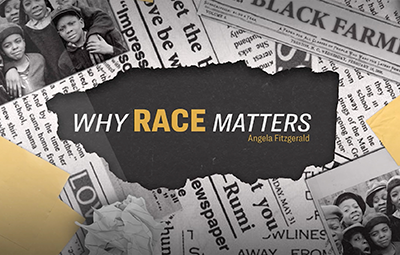
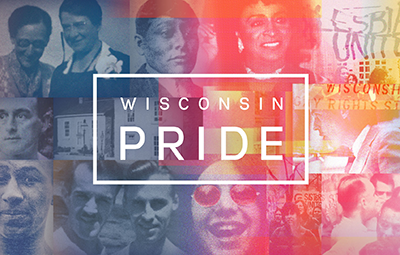
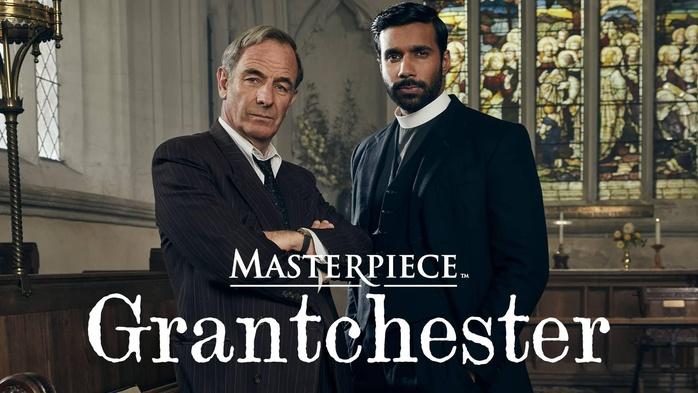

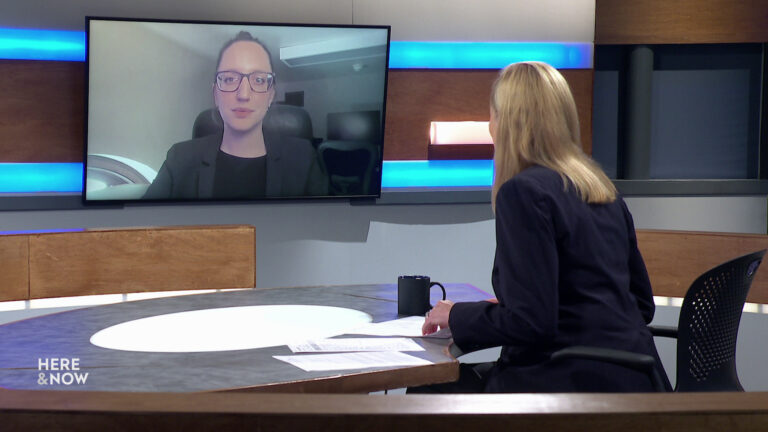
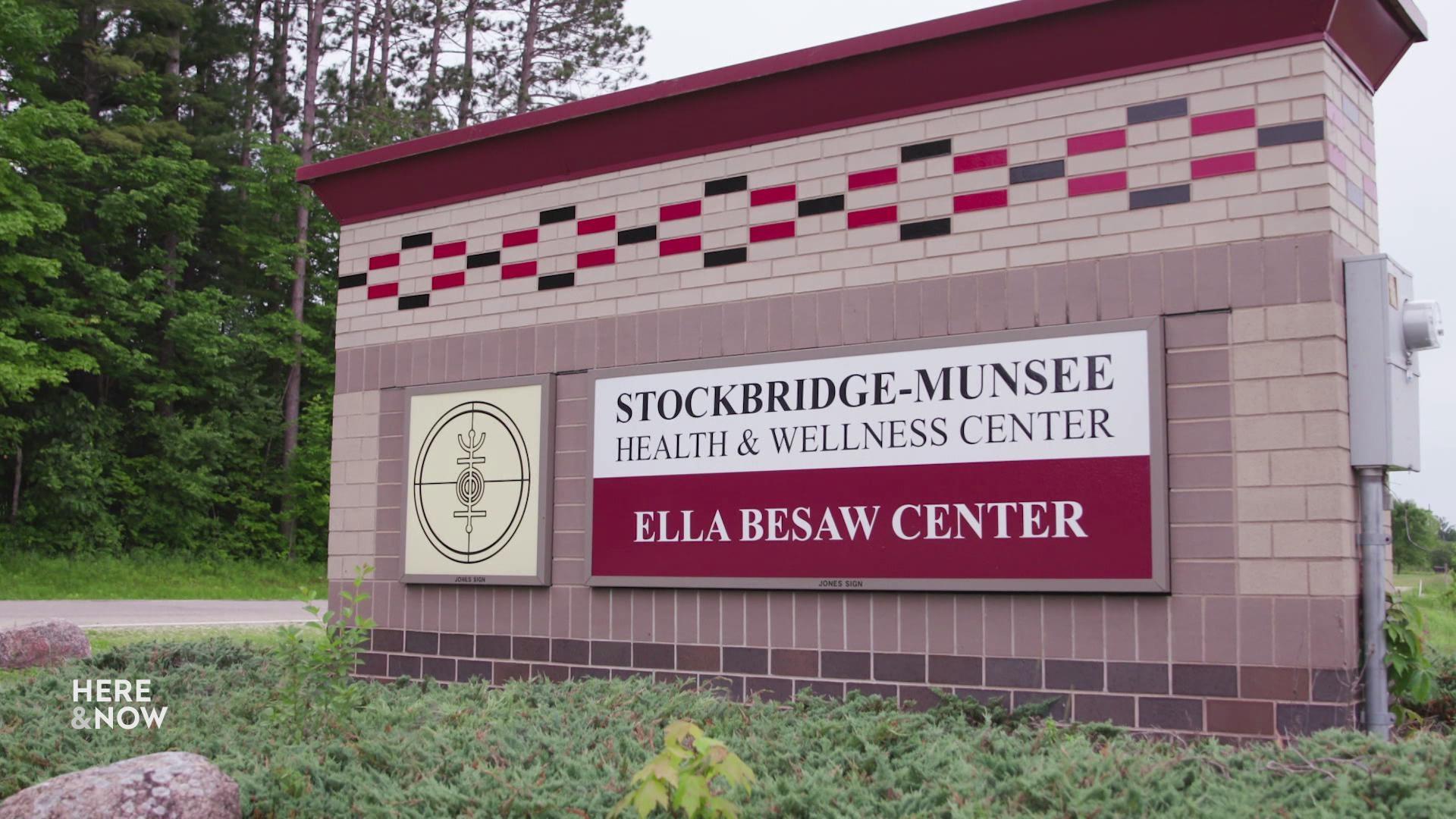
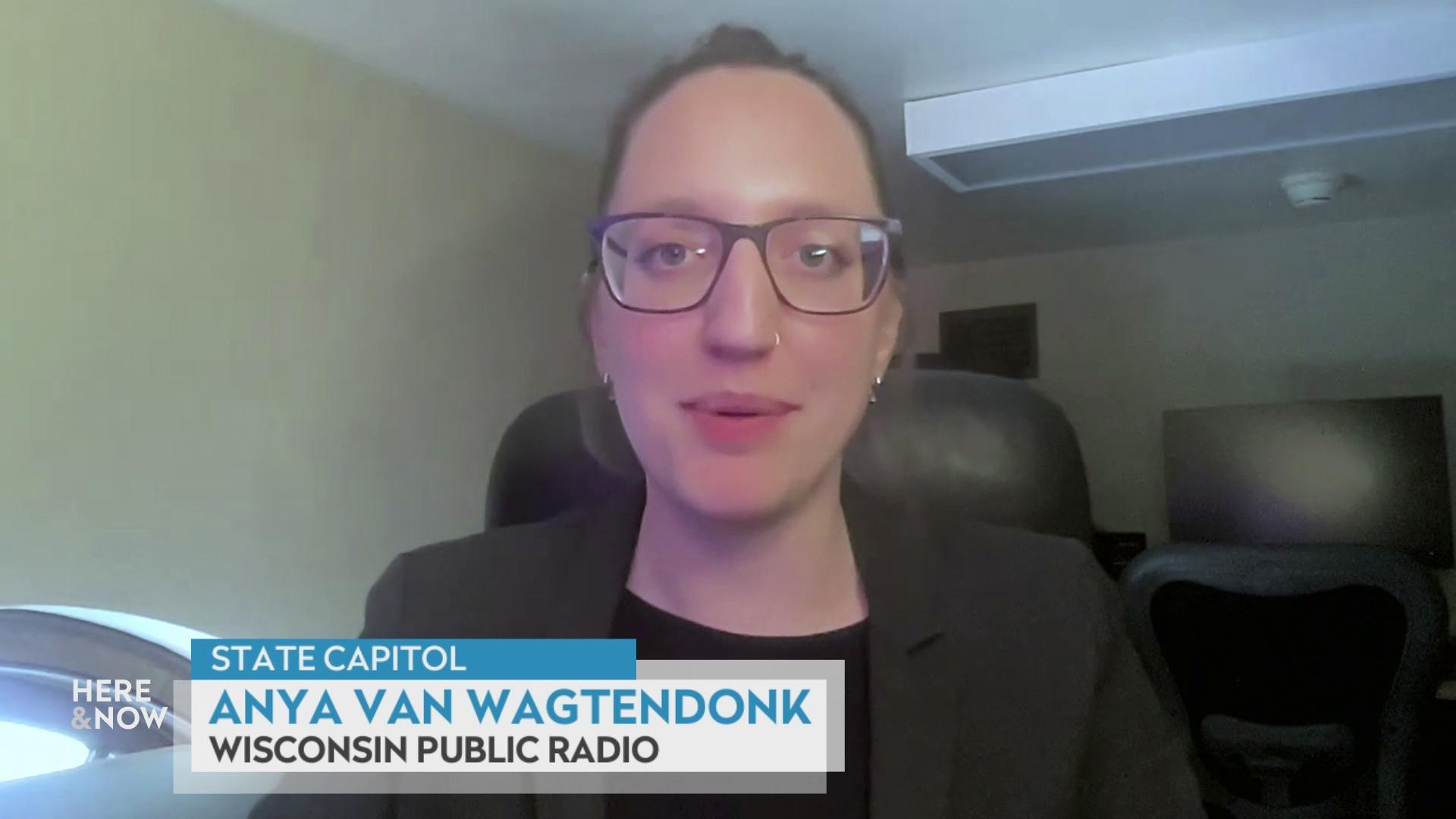
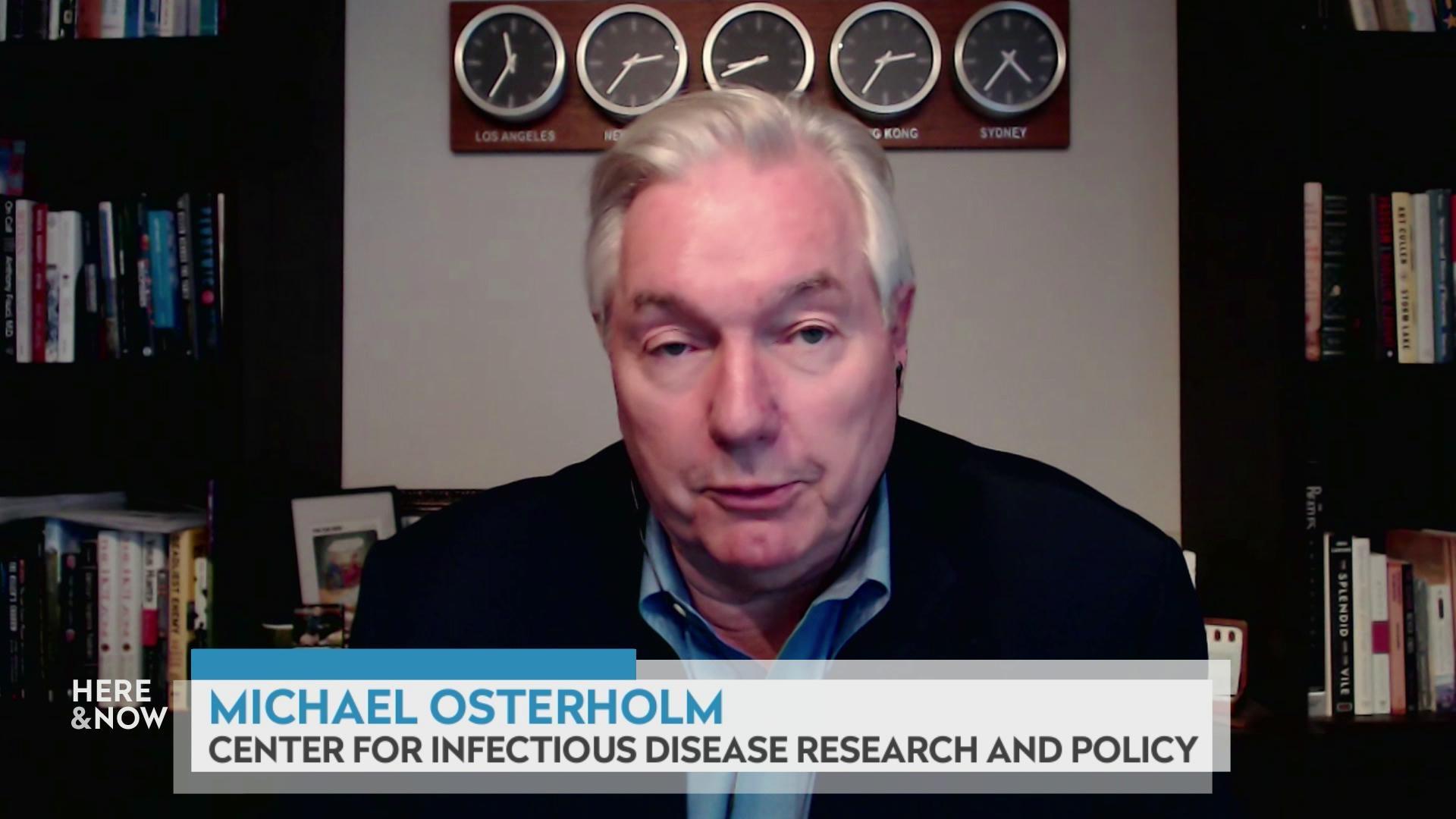
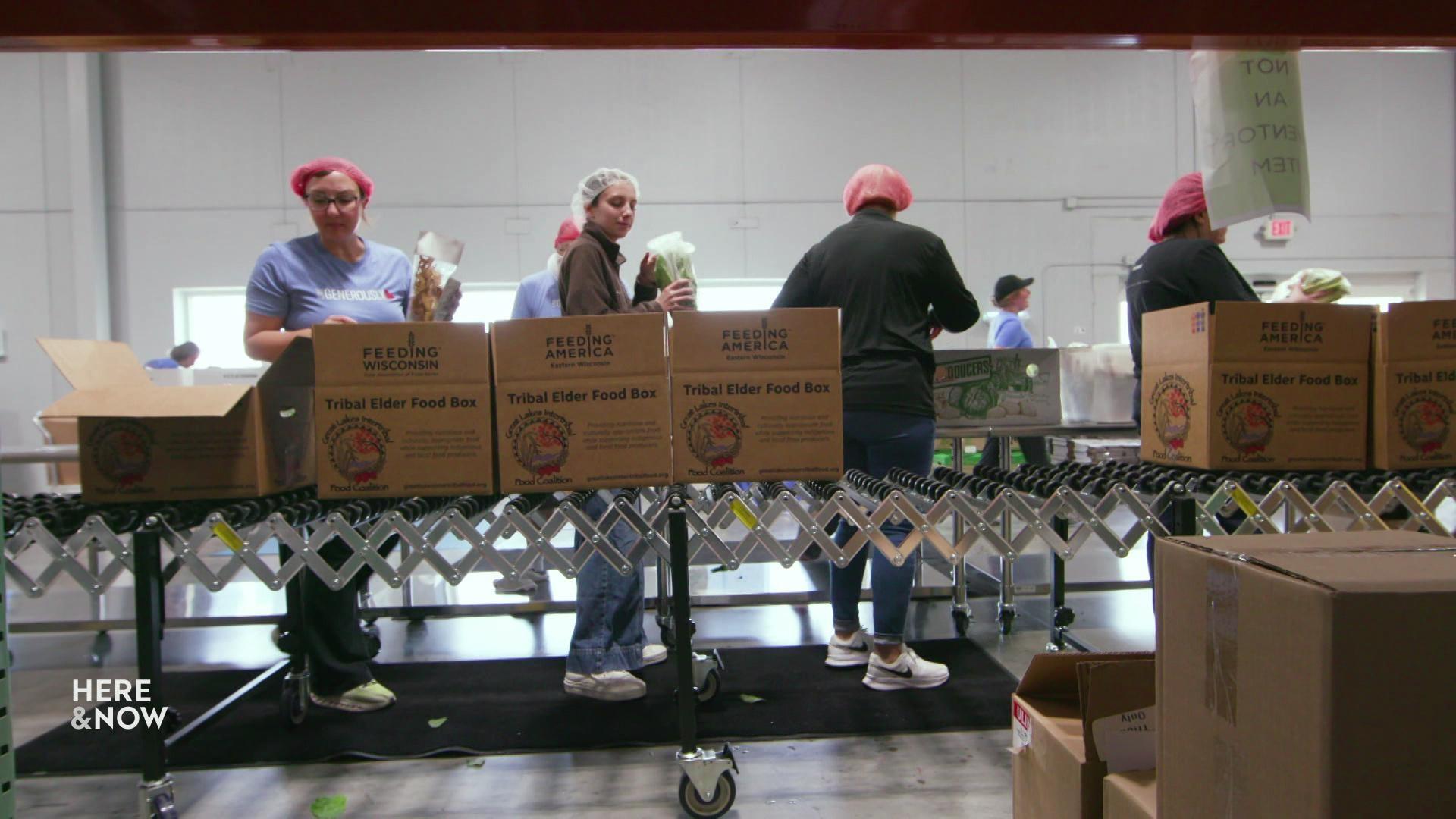
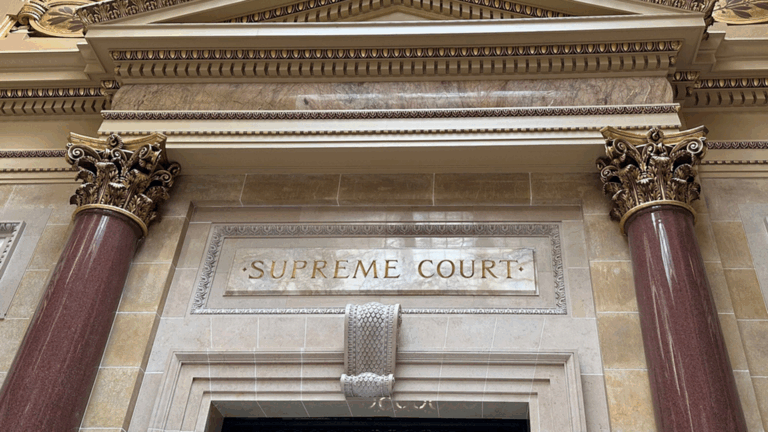
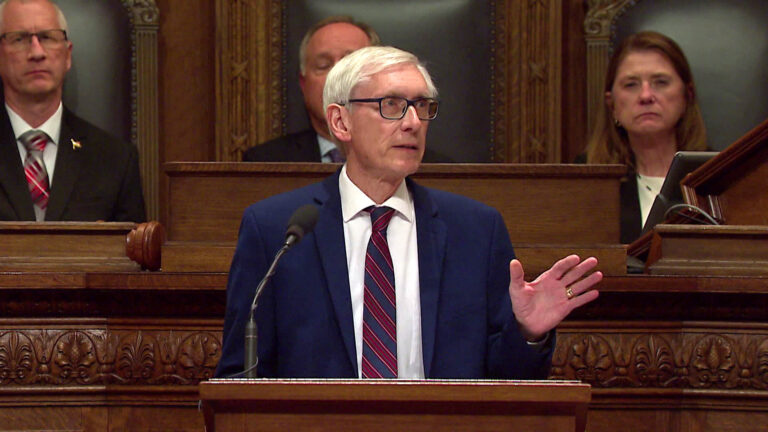
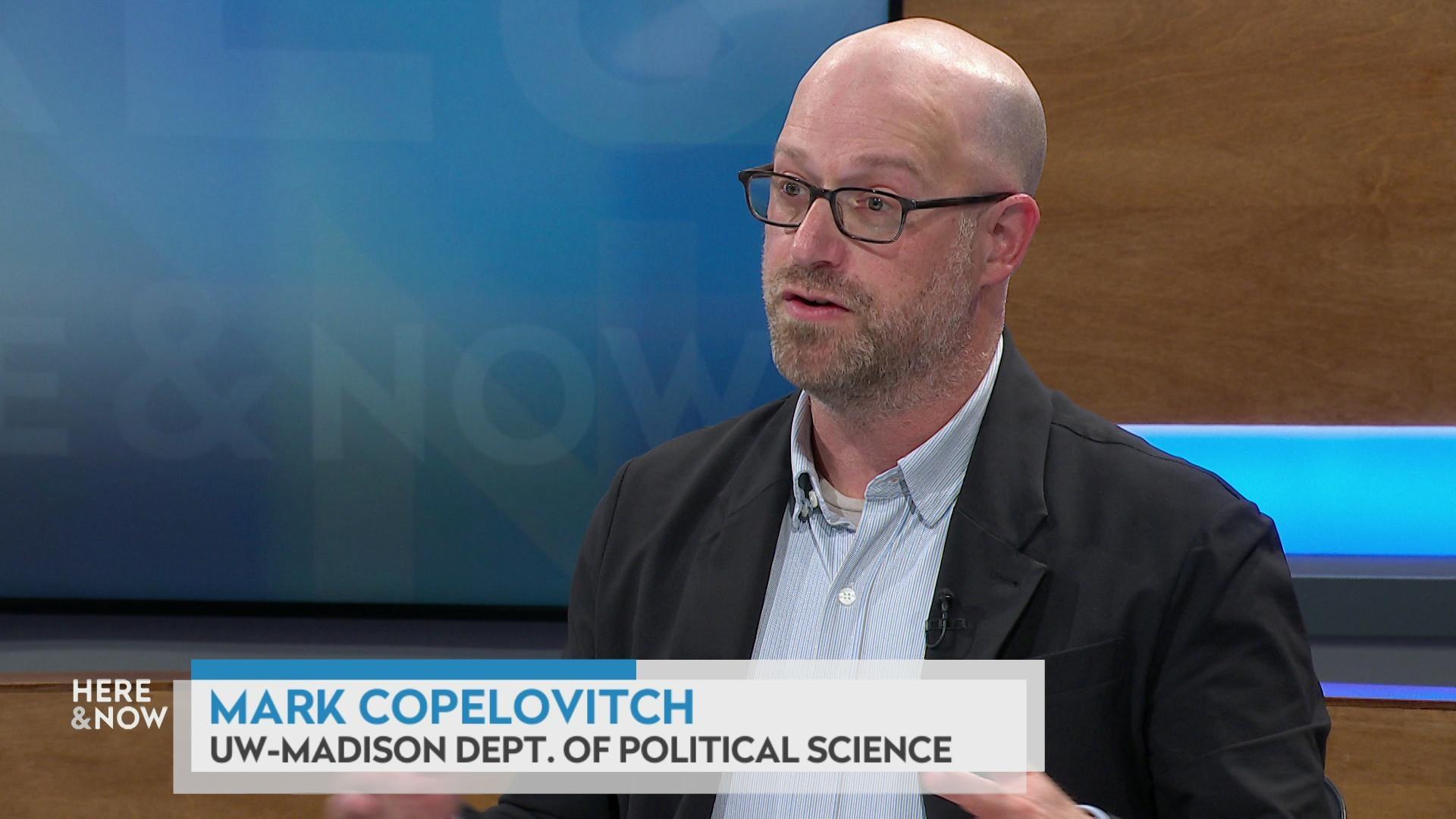
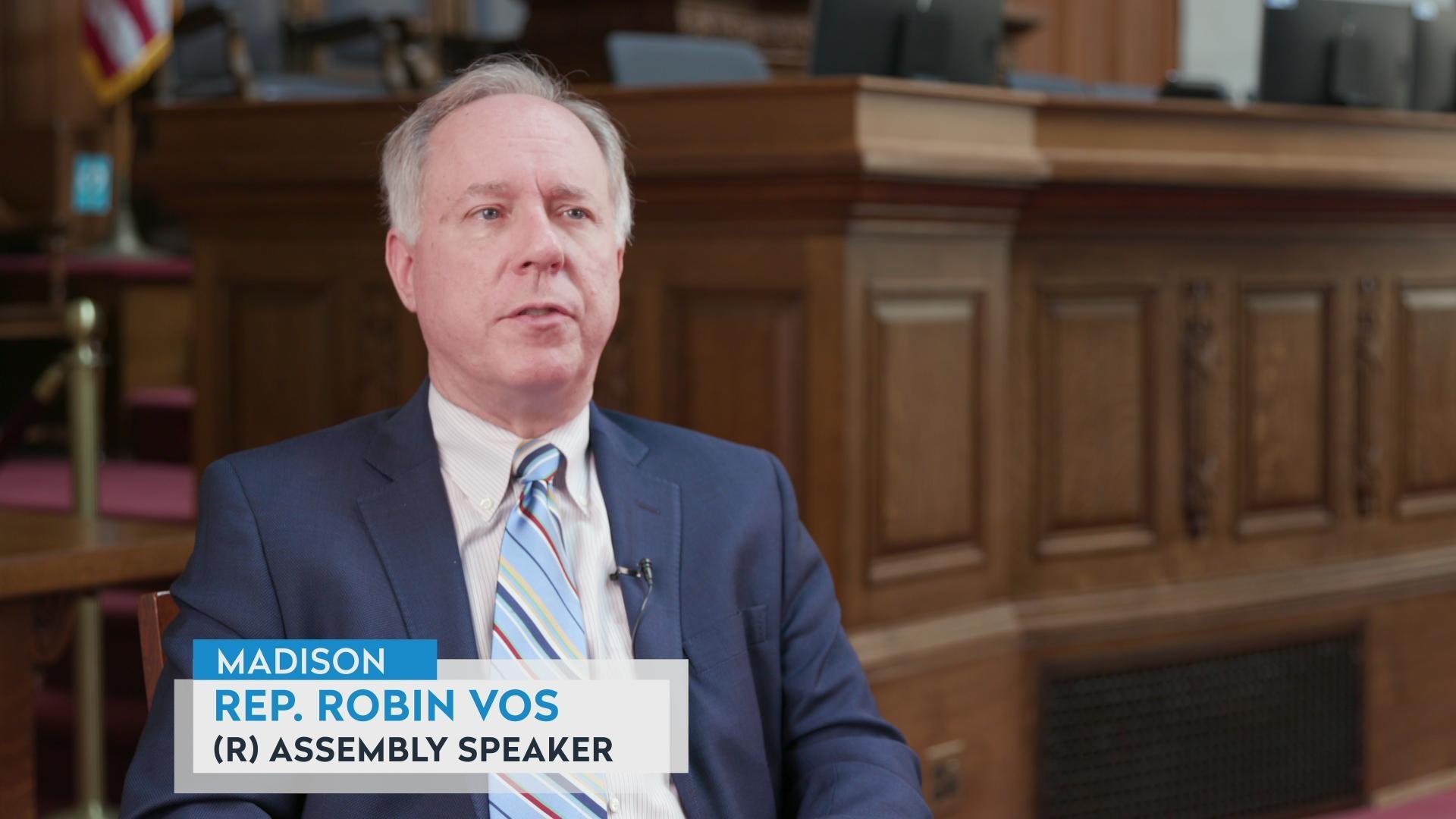
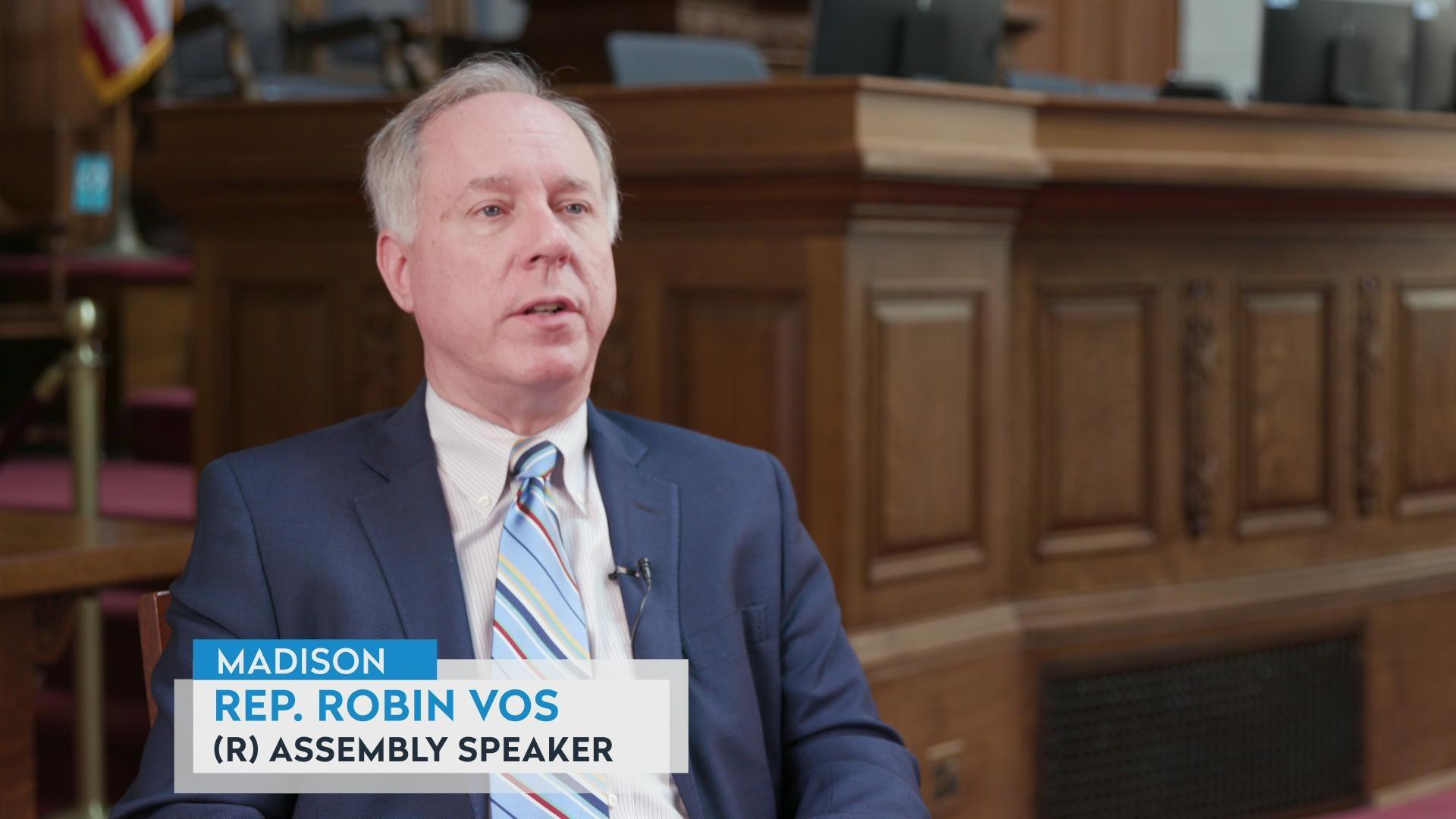
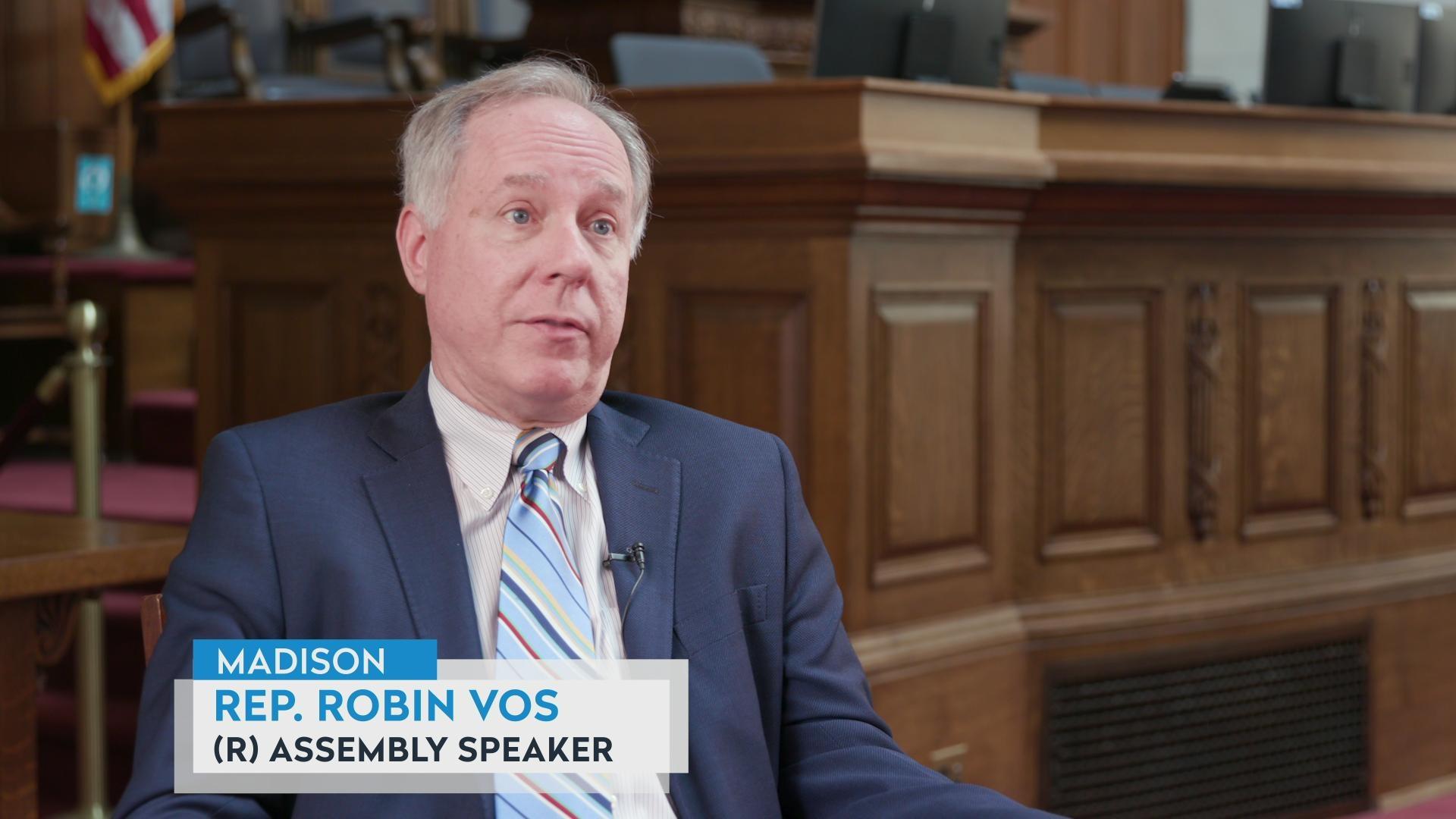


Follow Us